
AI scans face to guess age when using phone
Children today use social networks from a very early age, with just a smartphone they become "digital residents" before reaching adolescence.
In an online environment filled with violent, sexually explicit content, dangerous challenges, and inappropriate advertising, asking users to self-declare their age is outdated. With just a few taps, children can cross all limits, making the need for smart age verification urgent and giving rise to the emergence of AI Age Estimation tools.
What technology helps predict user age?
AI Age Estimation is not the name of a fixed application, but a concept describing a set of AI techniques that predict users' ages. Each platform has its own implementation such as facial analysis, voice, behavior, or combined with digital document verification.
What they have in common is that they leverage big data to make increasingly accurate predictions, helping platforms differentiate between teens and adults in a changing social media landscape.
Technologies are being applied on major platforms such as: Yoti Age Estimation is currently a prominent system in cooperation with TikTok, allowing facial analysis without storing images, limiting privacy risks.
Google Age Assurance applies a multi-layered mechanism, from facial analysis to document verification requirements when users want to access 18+ content.
Meta Age Detection on Facebook and Instagram focuses on detecting adults who intentionally pose as children to reach vulnerable groups... While the methods are different, the common goal is to ensure children access the right content group that is appropriate for their real age.
How does AI age verification work?
The deep learning models behind the technology are trained on millions of facial data across a wide range of ages. When users take a photo or video , the AI analyzes bone structure, skin elasticity, characteristic location grooves, and many other biological signs to estimate age.
Some systems evaluate voice through frequency or resonance, while behavioral models analyze typing speed, video viewing time, or emotional control.
These signals are difficult to fake, as each age group has its own unique “rhythm.” For example, teens often type very quickly but irregularly, swiping repeatedly and switching between content every few seconds, a pattern that is repeated across many child accounts.
Adults, on the other hand, tend to operate more slowly, steadily, and with fewer sudden changes in rhythm. AI age verification systems use these micro-behavioral patterns as a kind of “digital fingerprint” to increase accuracy, especially when users lie about their birth year.
With AI-powered age verification tools, children are less likely to be exposed to violent, sexually explicit content or dangerous challenges. Parents are relieved of the burden of monitoring their children’s every move, while children still have an age-appropriate social media experience without being overly restricted. Many experts consider this a “soft shield” because it establishes safe boundaries without disrupting the online experience.
The Line Between Protection and Privacy
Despite its obvious benefits, AI age verification technology also faces many skeptics. Users are concerned about storing images of children's faces, the possibility of data being exploited for advertising, and the risk of errors that could limit access for some adults.
Privacy organizations require systems like Yoti or Google Age Assurance to be transparent, delete photos immediately after analysis, and not share data with third parties. Therefore, AI should only be the first line of defense, not a replacement for the role of education and supervision from families.
As social media continues to grow, AI-based age estimation tools are becoming a silent but necessary gatekeeper. They are not a panacea, but they are an important part of creating a safer digital environment for children.
As AI becomes more and more embedded in our lives, the question is no longer whether to use AI, but how platforms apply this technology in a humane, transparent, and responsible manner.
Source: https://tuoitre.vn/tre-em-len-mang-ngay-cang-som-ai-co-the-bao-ve-cac-em-den-dau-20251125172345119.htm






![[Photo] Prime Minister Pham Minh Chinh receives Governor of Gunma Prefecture (Japan) and Special Advisor to the Japan-Vietnam Friendship Parliamentary Alliance](/_next/image?url=https%3A%2F%2Fvphoto.vietnam.vn%2Fthumb%2F1200x675%2Fvietnam%2Fresource%2FIMAGE%2F2025%2F11%2F25%2F1764066321008_dsc-1312-jpg.webp&w=3840&q=75)
![[Photo] Close-up of Ba Ha River Hydropower Plant operating to regulate water to downstream](/_next/image?url=https%3A%2F%2Fvphoto.vietnam.vn%2Fthumb%2F1200x675%2Fvietnam%2Fresource%2FIMAGE%2F2025%2F11%2F25%2F1764059721084_image-6486-jpg.webp&w=3840&q=75)
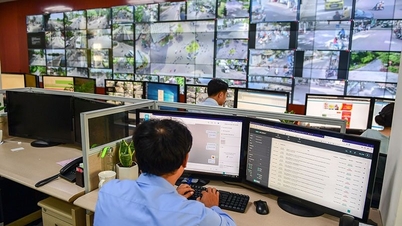


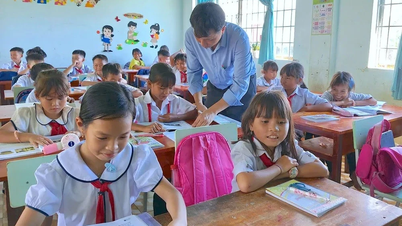




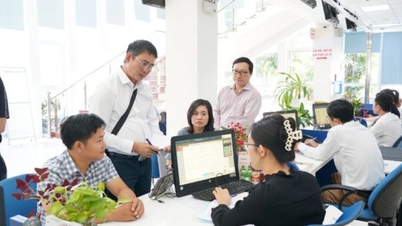







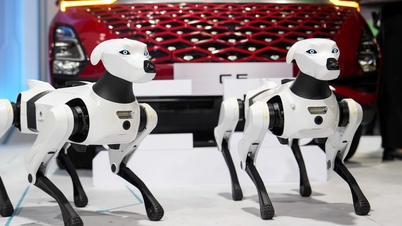
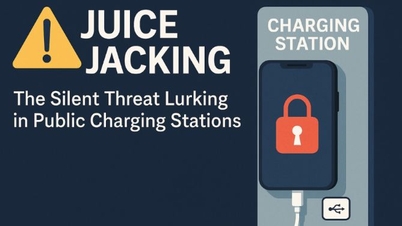








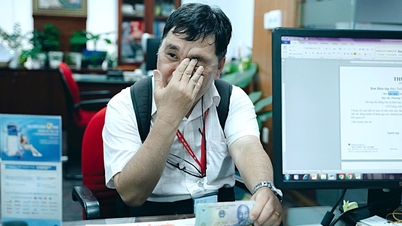
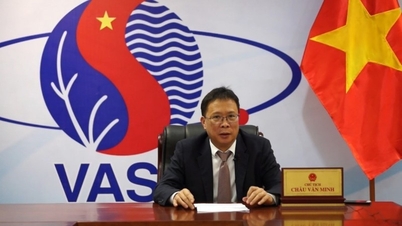














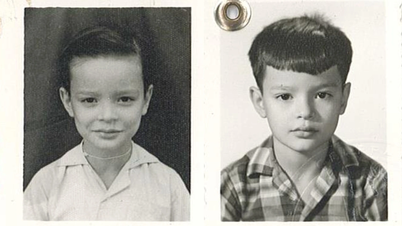
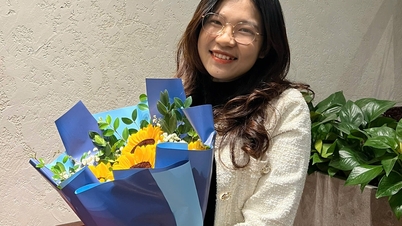




















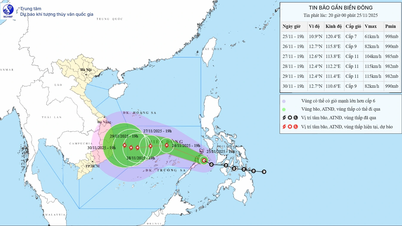



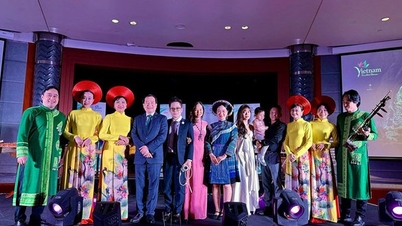






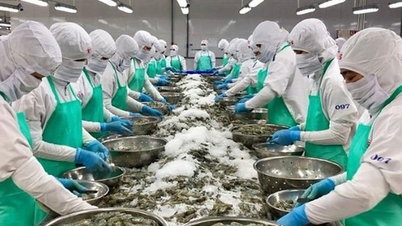
























Comment (0)